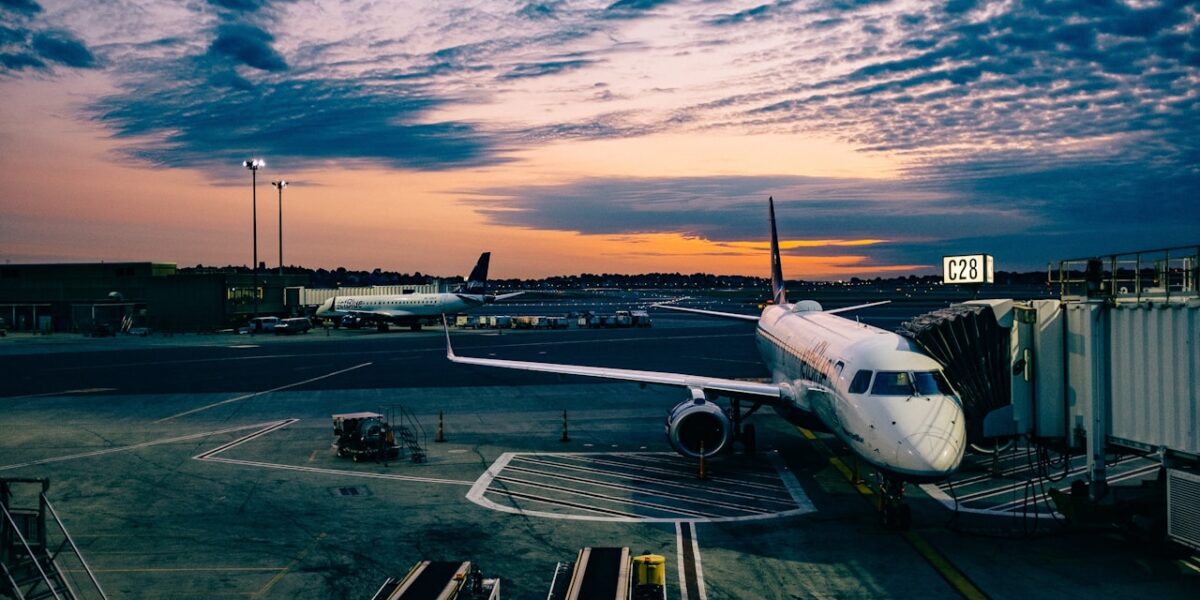The Boeing 727 Interior: A Journey Through Time
The Boeing 727, first introduced in 1964, was designed to carry passengers efficiently on short to medium-haul routes. The aircraft’s interior went through several iterations over its manufacturing lifespan. Each version of the interior layout aimed to enhance the passenger experience while adhering to aviation safety standards.

Original Interior Design
The initial interior design of the Boeing 727 was simple yet functional. The cabin typically configured with seating for around 131 passengers, featured three-aisle seats on either side. The central aisle was sufficiently wide to allow easy movement. Overhead bins were small and primarily meant for coats and small bags, reflecting the travel habits of the time.
Seating and Comfort
Seats were upholstered with durable fabric. Cushioning was modest compared to today’s standards but considered adequate for the era. Legroom was relatively spacious, as airline economics had yet to prioritize maximum seat density. The seat pitch — the distance between rows — varied between 32 to 34 inches depending on the specific airline configuration.
Cabin Layouts: Variations Over the Years
Throughout the years, the interior of the Boeing 727 saw numerous changes. These changes included upgrades to seating materials, cabin lighting, and more efficient use of space. By the late 1970s, the aircraft commonly featured high-backed seats with improved cushioning. The overhead bins were expanded slightly, allowing for more carry-on luggage. Some models also featured a two-class layout, with a first-class section offering wider seats and more legroom.
Flight Deck and Crew Areas
The flight deck accommodated a three-person crew: a captain, a first officer, and a flight engineer. The spacious cockpit provided modern avionics for the time. Crew rest areas were modest, with small galleys and lavatories located at the front and rear. The galley design was optimized for quick service, reflecting the shorter routes typically flown by the 727.
Passenger Amenities
In-flight entertainment was limited during the early years. Magazines and newspapers were the primary sources of entertainment. As technology advanced, audio channels and movie projectors were installed on longer flights. Meal service evolved from simple boxed lunches to more elaborate offerings, particularly in first class.
Lighting and Atmosphere
Cabin lighting in the Boeing 727 was initially functional rather than decorative. Fluorescent lighting provided consistent illumination, although it did not offer the mood lighting found in contemporary aircraft. Emergency lighting was installed along the floor and overhead to guide passengers in case of an evacuation. Windows were smaller compared to modern jets but sufficient to provide natural light during daytime flights.
Safety Features
The Boeing 727 included several safety features innovative for its time. Drop-down oxygen masks were installed above each seat. Life vests were located under the seats, and inflatable slides were available at every exit door. The aircraft also featured a unique rear-mounted airstair, which served as an additional evacuation route as well as a boarding option at airports without jet bridges.
Economic Configuration
Airlines began to prioritize economics over comfort near the end of the Boeing 727’s service period. This resulted in additional seating configurations aiming to maximize passenger capacity. The standard three-aisle seating was sometimes replaced with four-aisle configurations in economy class. These tweaks optimized the aircraft’s revenue potential but often resulted in reduced personal space for travelers.
The 727 in Corporate Use
Many retired Boeing 727s found new life as corporate jets. Interior modifications for these applications included luxurious seats, meeting tables, and state-of-the-art entertainment systems. These configurations often involved fewer seats but greater comfort and amenities, such as full-sized galleys and customized lavatories.
Modernization Efforts
Even as the aircraft aged, modernization efforts tried to keep the Boeing 727 relevant. Some airlines invested in new interiors featuring modern materials, updated in-flight entertainment systems, and improved cabin lighting. Despite these enhancements, the 727 eventually became less competitive against newer, more fuel-efficient aircraft.
Legacy and Influence
The Boeing 727 interior set the stage for later aircraft design. Many of the features first seen in the 727 evolved and improved in subsequent models like the 737 and 757. Concepts such as overhead storage bins, passenger comfort, and efficient use of space remain essential in aircraft design today. The 727’s influence remains evident in the evolution of commercial airline interiors.
“`
Related Articles
Continue exploring:

